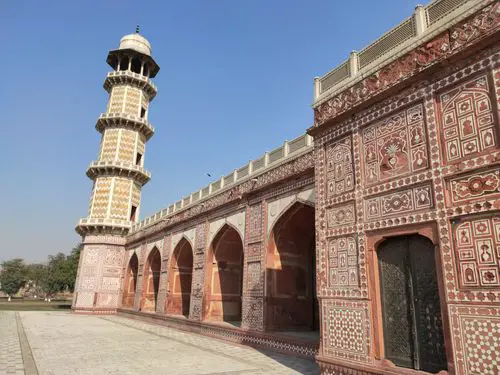Burgundy wine makers are hoping to be added to the UN’s World Heritage status in July of 2013. Champagne also made a bid in the category. Both wine regions have applied previously but France’s Culture Ministry decided to back Burgundy’s bid last weekend.
Burgundy’s application is to list the ‘Climats’ of the Cote d’Or as a UNESCO World Heritage Cultural Landscape – a cultural landscape is defined by UNESCO as ‘combined works of nature and humankind, that express a long and intimate relationship between peoples and their natural environment’.
Climats du Vignoble de Bourgogne explain the term ‘Climat’ as:
“Unique to Burgundy and is used to designate the terroir. The climats are precisely-defined plots of vines, which have been known under the same name for several centuries.
The precise location, soil, sub-soil, exposure, micro-climate and, in particular, the history of the climats within the vineyard form the specific nature and unique personality of a terroir, of a wine, and of their natural and cultural identity. The Burgundy Côte has constantly upheld the identity of its climats, over some two thousand years. It is these climats which have shaped the landscapes and village and urban communities.”
Burgundy’s Unesco application is limited to the Cote d’Or, the 60 km stretch from Dijon to Santenay, which covers the 1247 climats in the Côte de Beaune and Côte de Nuits. This is among the world’s most celebrated vineland, from Gevrey-Chambertin to Montrachet via Vosnee Romanee, Pommard and Volnay.
The Burgundy regional council, the Côte-d’Or general council, the towns of Dijon, Beaune, Nuits-Saint-Georges and Gevrey-Chambertin, all of the communes and the Burgundy Wine Board (BIVB), as well as all those for whom Burgundy wine and its broad culture hold a special place, are involved.
It is hoped that heritage status will boost Burgundy’s wine tourism and the region earmarked an annual budget of 400,000 euros to back its bid. The city of Bordeaux was listed as a UNESCO World Heritage site in 2007 and has over 347 historic monuments in a protected area of 150 hectares, as well as 3 churches (Saint-André, Saint-Michel, and Saint-Seurin) that were already listed as World Heritage sites on the pilgrim road to Santiago de Compostela.
Great Wine Capitals released a market survey on wine tourism 2010/11 and interestingly Bordeaux and Bilbao-Rioja registered the highest average revenue related to wine tourism activities. The city of Bordeaux attracts 3 million visitors a year.
Saint Emilion was listed as a UNESCO Cultural Heritage site in 1999 and is the oldest wine area of the Bordeaux region. Named for the Breton monk Emilian, a travelling confessor, who settled in a hermitage carved into the rock there in the 8th century (which you can still visit) Saint Emilion’s wine history stretches back much further to Roman times. Over a million visitors a year come to Saint Emilion.
Should Burgundy win its UNESCO status it will be interesting to see if its tourism gets a well deserved boost.

